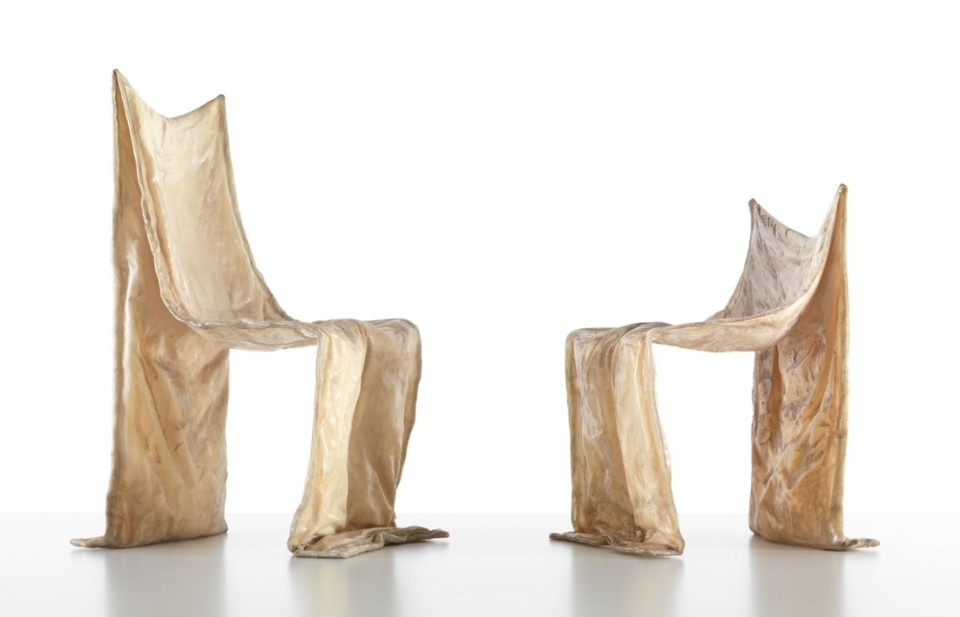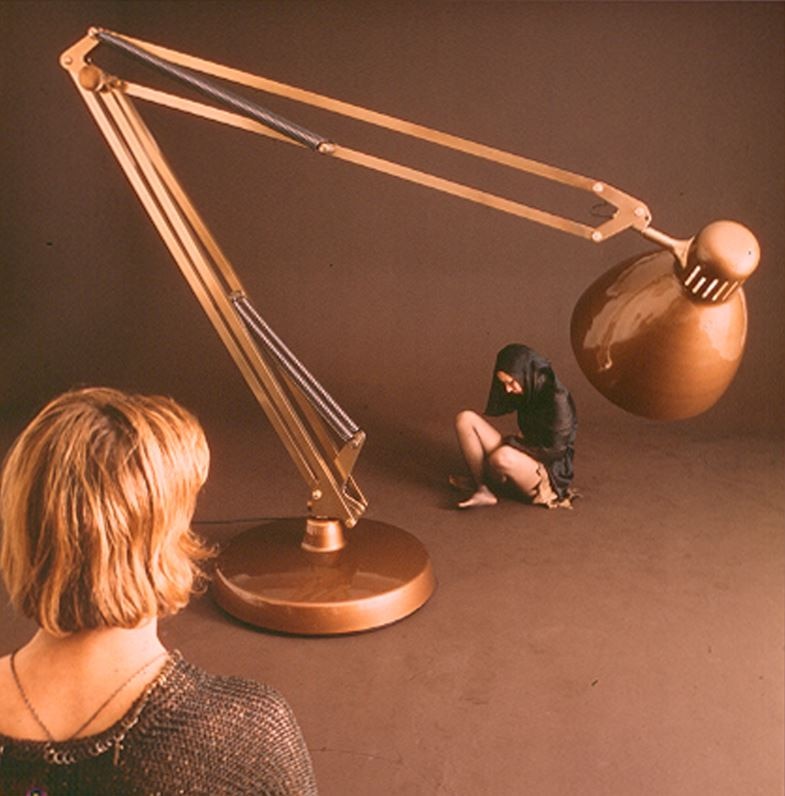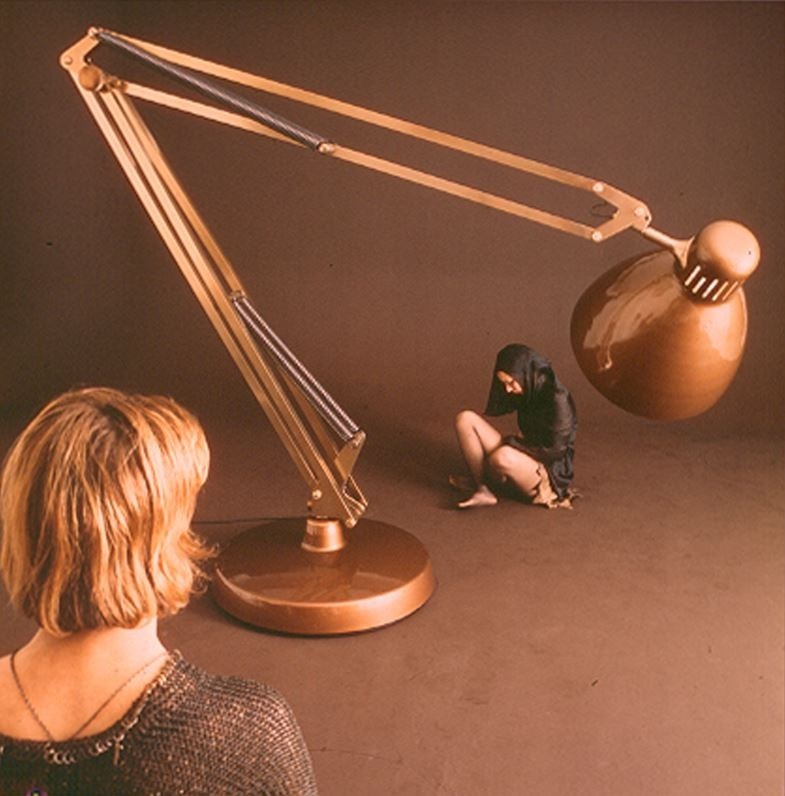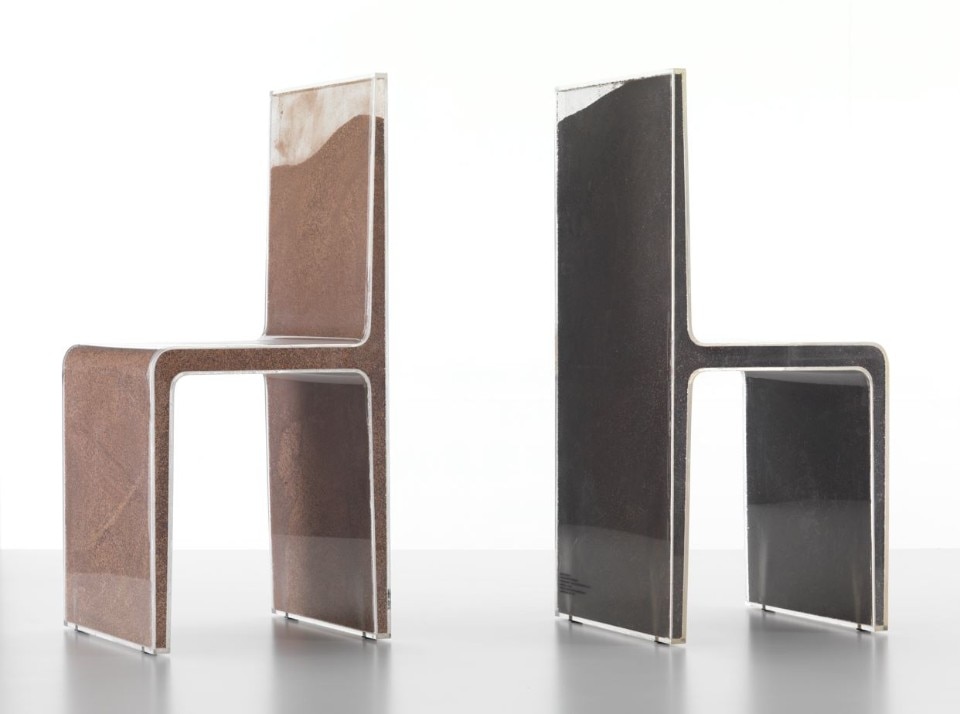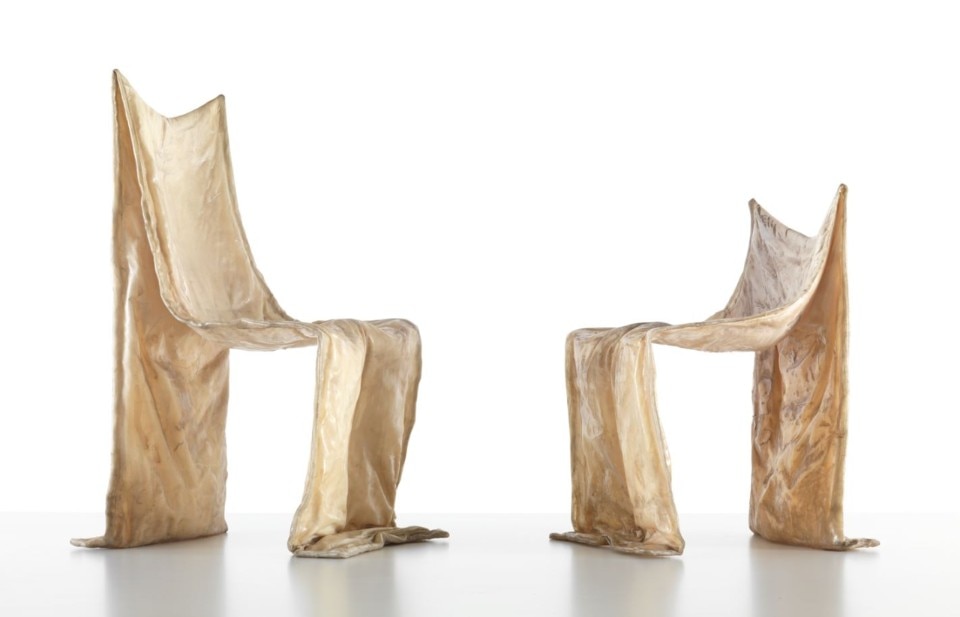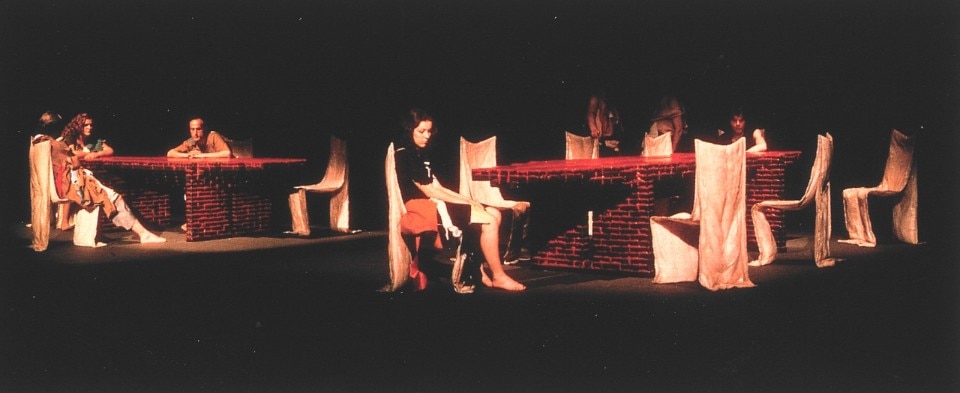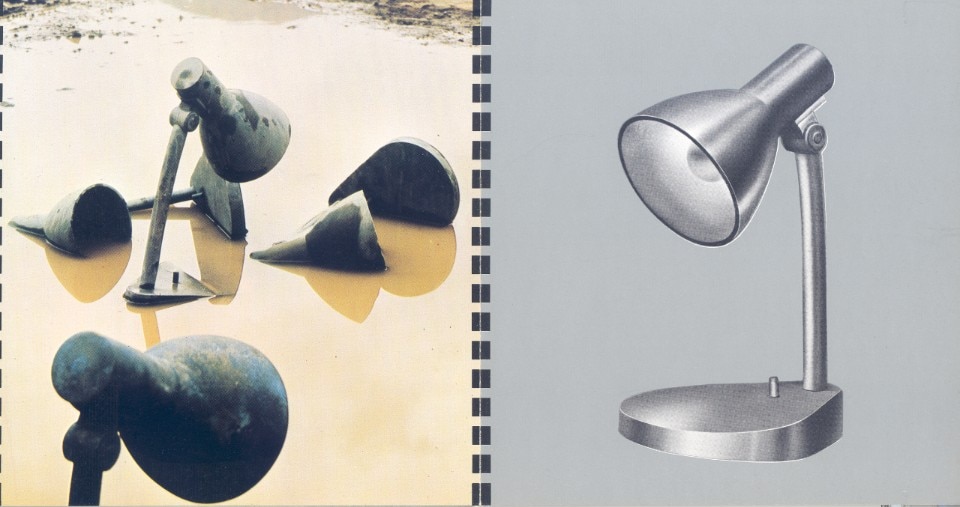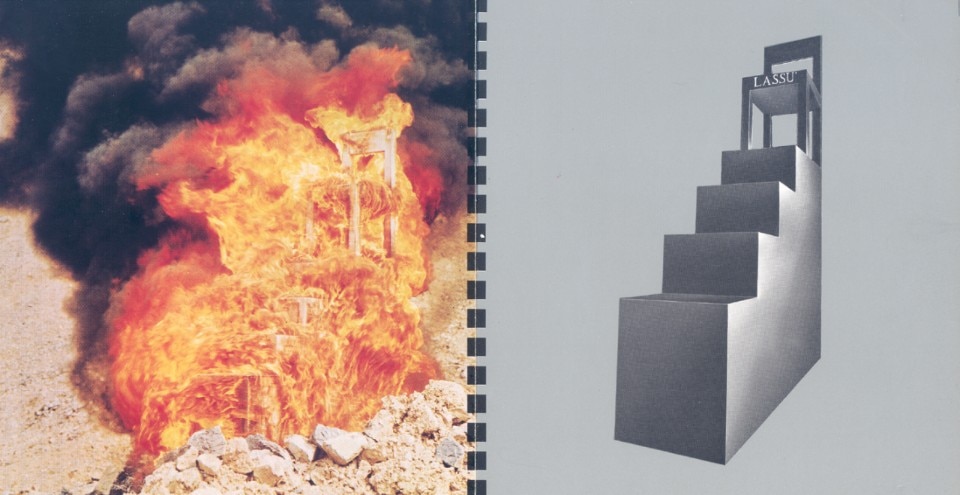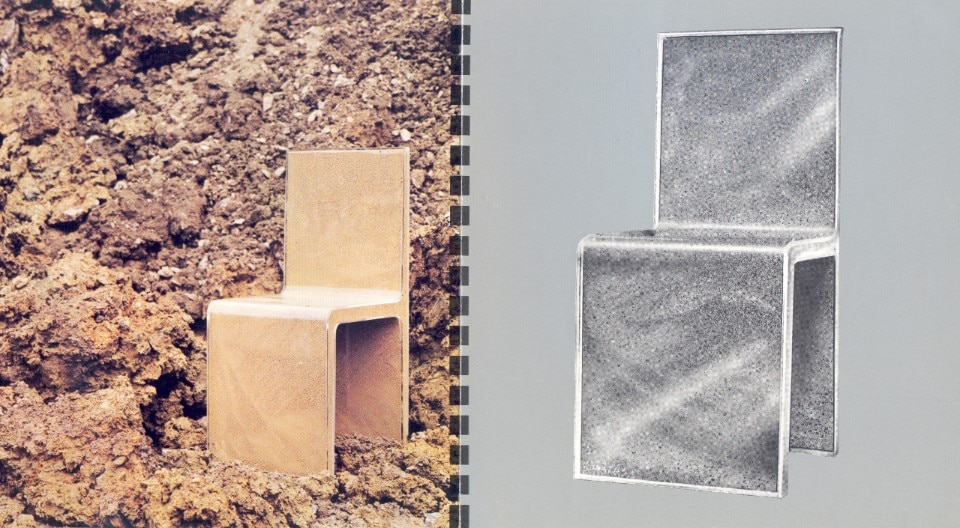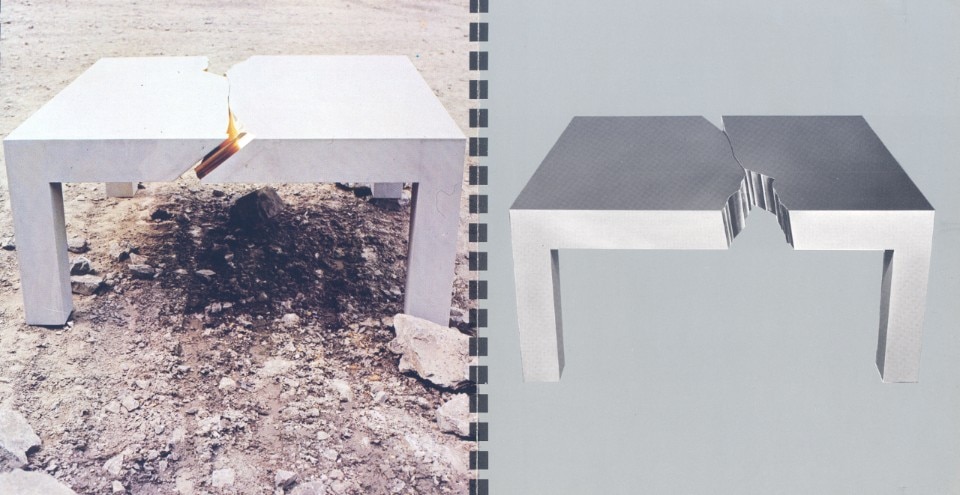The early 1970s. The oil crisis had cast a dark shadow over the optimism and confidence in the future of the late 1960s, while the radicalisation of the political confrontation was offering a glimpse of the warnings of the Years of Lead. It is in this context that Bracciodiferro came into being.
In 1972, in the Cassina Research and Development Centre, Gaetano Pesce involved Francesco Binfaré, Alessandro Mendini and the naval architect Aldo Cichero in a project destined to go down in history as the first radical experience of Italian design. Challenging traditional production philosophies and commercial methods, as well as the fetish of mass production, Pesce and his associates paved the way for art design, and addressed art galleries and collectors with unique or limited-edition pieces, with a strong ironic (if not subversive) vocation, aiming to create a dialogue between the objects and artefacts they designed and the ghosts, dreams and needs of contemporary society.
Before Alchimia and Memphis, Bracciodiferro challenged entrenched ideas and clichés to lead design away from the functionalist dogmas with which it had coexisted and evolved in the previous decade. The name Bracciodiferro is more than indicative: Bracciodiferro started with a strong combative vocation, in strong opposition to the status quo of industrial society. While design had always pursued order, measure, usefulness and rationality, Bracciodiferro went in the opposite direction, breaking compositional harmony, altering proportions, unhinging acquired models, freeing furnishings and objects from the obligation to be reassuring, and bringing the innovation of irony into design.
The iconic manifesto of this creative workshop is undoubtedly the Moloch lamp (1972): by oversizing a Norwegian Luxo lamp, originally designed in the second half of the 1930s, Gaetano Pesce tried to highlight the sense of disorientation deriving from the decontextualisation of an everyday object, but with his surprising use of out-of-scale he transformed a lighting fixture into a sort of totemic sculpture named after the bloodthirsty god present in ancient oriental cultures.
The chairs and tables of the Golgotha project (1972) also refer to blood and ancient times, evoking the drama of existence with a clear reference to biblical and prophetic texts. Here, Pesce combines material experimentation and intellectual provocation to create chairs that seem to preserve the imprint of the human body lying on them, a bit like the sheet that is said to have wrapped Christ’s body after his deposition from the Cross, while the desks that accompany the seats are made of glass bricks manually bound together with red polyester resin and glass wool.
Pesce himself admits that the reference to Christ’s passion and the Last Supper is obvious and intentional, as if to recall the sacramental value that objects had in traditional society, where every table was ultimately an altar and every meal an actualization of the Eucharist and an opening onto the transcendent. But this kind of project should not be interpreted as a gratuitous excess of form over function. There is much more to it, and Pesce openly admits it. There is a desire to make objects interact critically with the space in which they are placed. And to charge them with the unconscious emotions that inhabit the spirit of the times - insecurity, fear, isolation, anxiety.
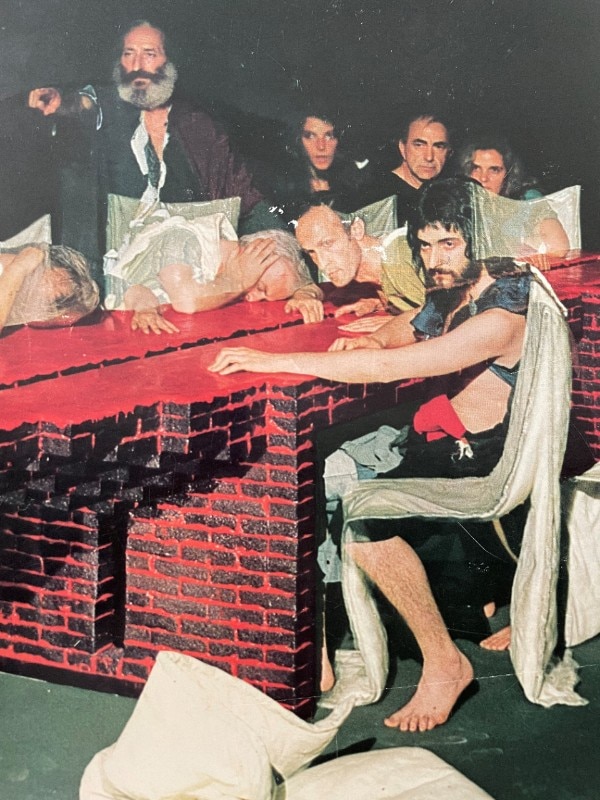
Not all the designers involved in Bracciodiferro’s adventure followed Pesce in his fiery sensoriality and almost apocalyptic visionary approach. Mendini, for example, focused more on a scenic elaboration of furnishings, talking about non-things, sub-objects, and pieces of furniture that were more theatrical than functional. And so, he carried out design and creative experiments such as the Voragine table (which has a crack in the middle), the Letargo lamp (which was presented immersed in mud) or the Monumentino da casa (a chair placed at the top of a staircase so as to acquire an immediate monumental function). All these objects were removed from the functional requirements of furniture. In some cases, they were even designed to be burned (such as Mendini’s Lassù and Monumentino da casa chairs).
Too bold. Too experimental to last. And indeed, it didn’t last long. After just three years, Bracciodiferro came to an end. But it paved the way for all the radicals that would follow. And it has left us a precious testimony of that unrepeatable season of Italian design in which the alliance between enlightened entrepreneurs like Cesare Cassina and visionary, radical designers dared to go beyond the immediate interests of the market and to open up to that contamination and experimentation that later turned out to be very fruitful.


